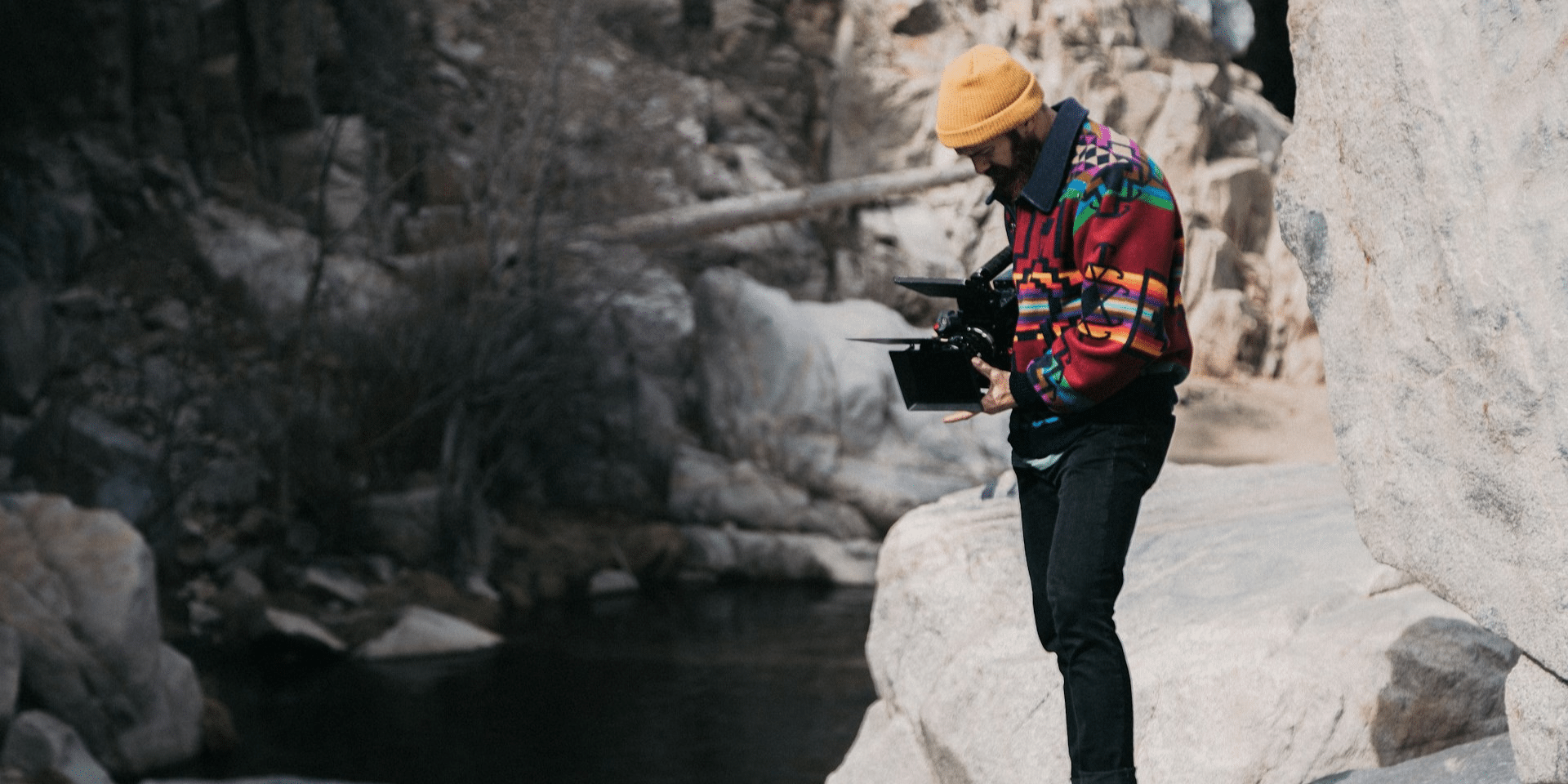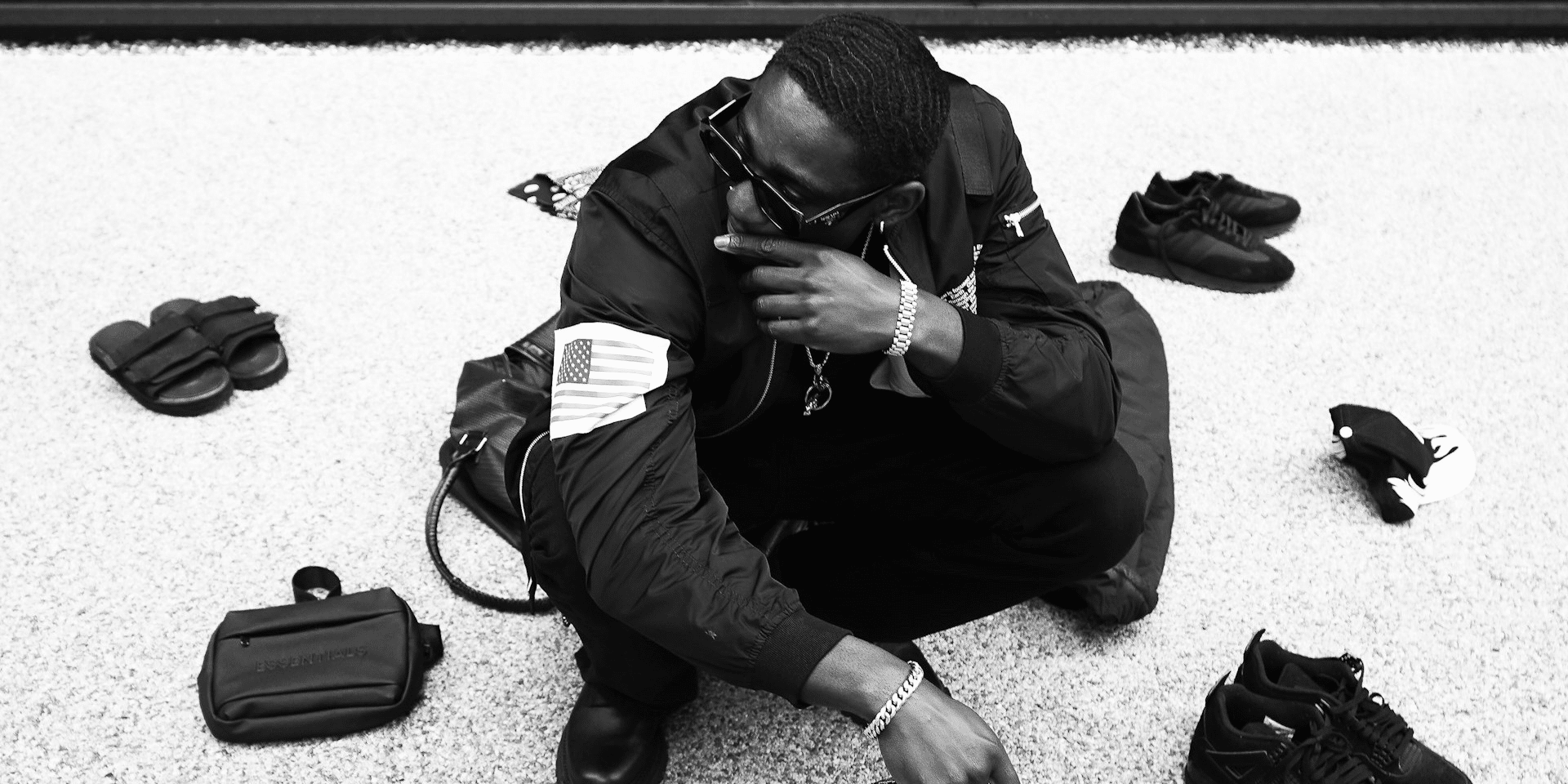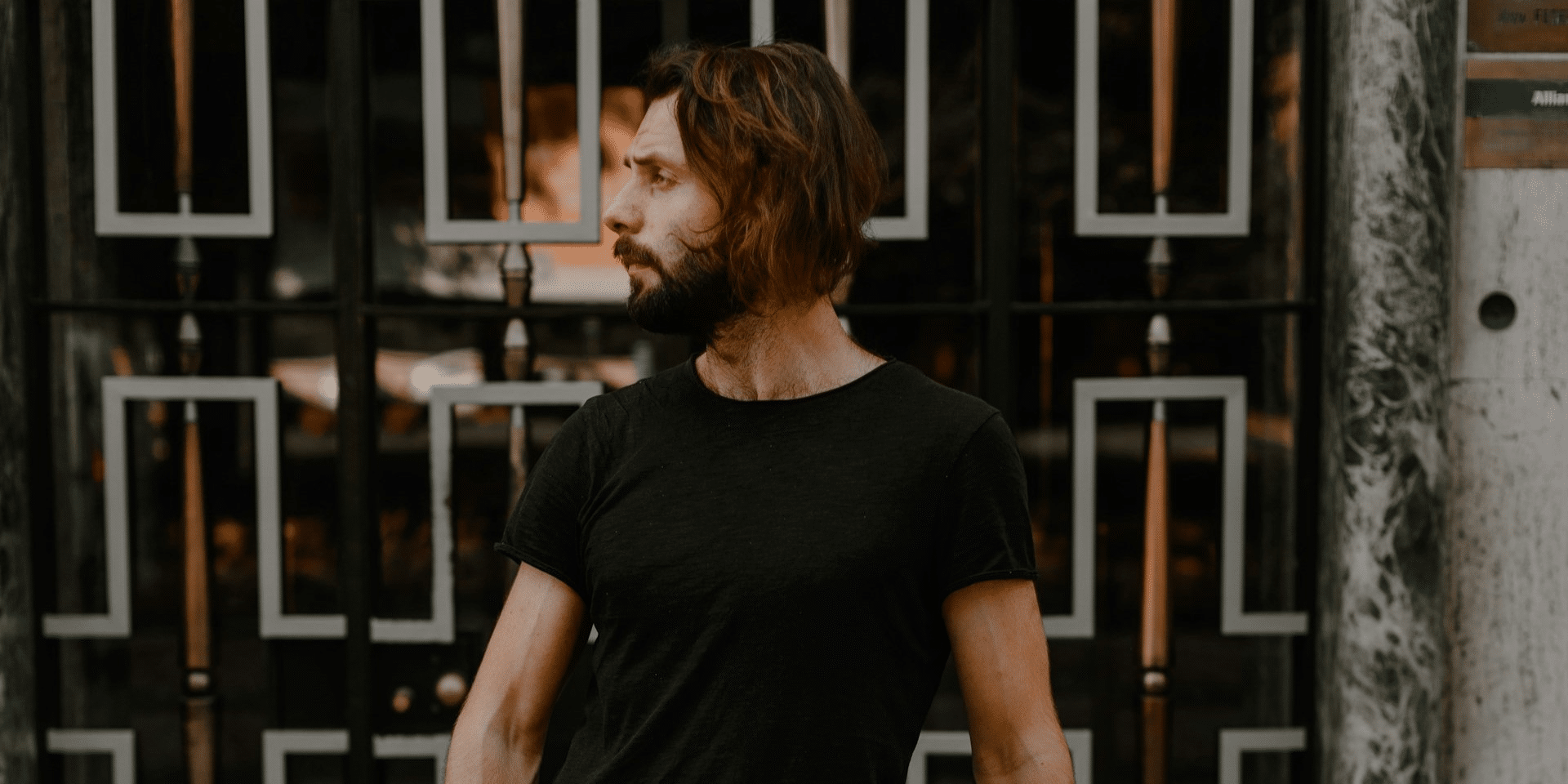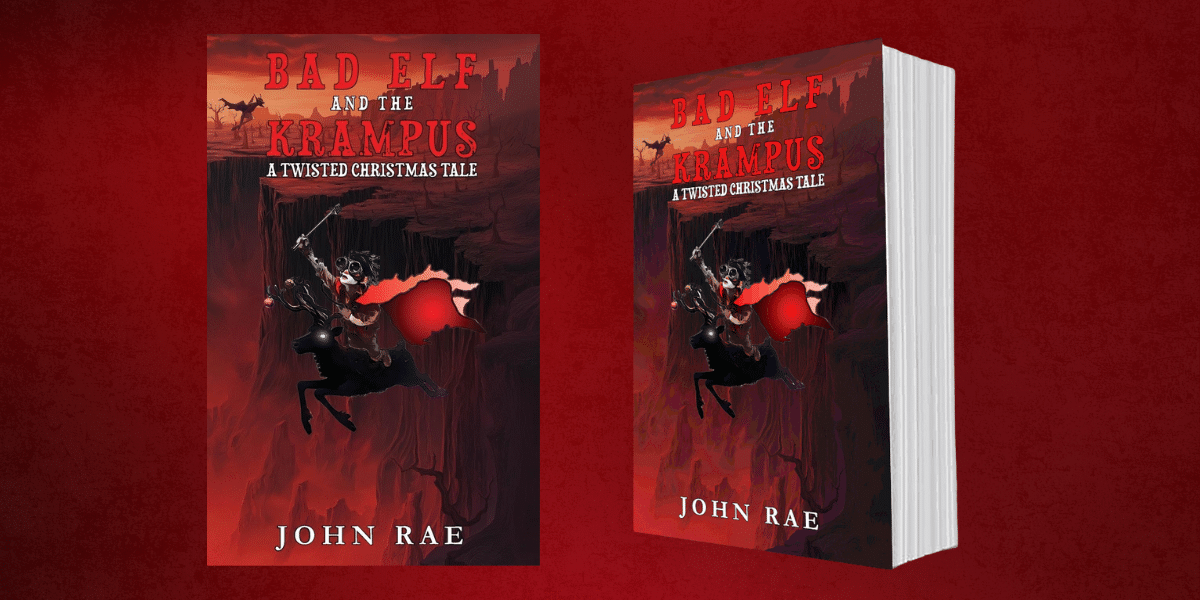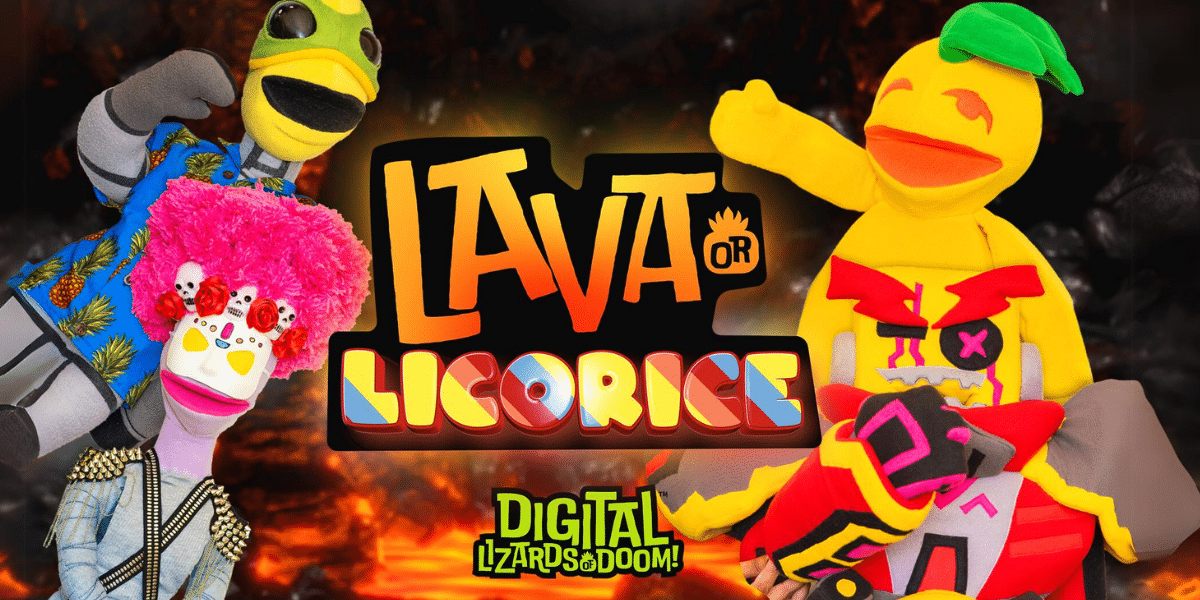Found footage films have become an iconic subgenre in horror over the past few decades. Originating in the 1980s but exploding in popularity during the 1990s and 2000s, these films use the conceit of “discovered” or “real” footage to heighten tension, fear, and realism. But what makes this particular style so compelling for audiences? Why have found footage films become a go-to for filmmakers exploring the darker aspects of human nature? This article delves into the key reasons behind the prominence of found footage in horror.
The Appeal of Realism in Horror
One of the primary reasons found footage films have gained traction is their ability to create a sense of realism. In contrast to traditional cinema, where characters are typically aware they’re being filmed, found footage films are presented as if they were never intended for public viewing. The result is an immersive experience that makes audiences feel like they’re watching real, unfiltered events unfold.
Authenticity Creates Fear
Horror, by nature, thrives on suspension of disbelief. When the footage feels “real,” it taps into the viewers’ primal fears. Because the films are designed to look like personal recordings or video logs, the audience suspends their disbelief even further. This sensation of “being there” makes supernatural events, creepy encounters, and psychological terror hit harder. Films like The Blair Witch Project and Paranormal Activity rely on this idea to make their stories feel more authentic. When viewers believe that they are watching actual events captured on tape, it significantly enhances the emotional and psychological impact of the horror.
A more personal connection with the story
The handheld cameras and shaky shots typical of found footage films simulate a more intimate and personal connection with the characters. The point of view is often that of a character in the story, and this makes the audience feel as though they are actively participating in the events. The discomfort of shaky cam footage and the proximity to frightening scenes amplify the tension, which traditional films may not achieve to the same extent. The sense of voyeurism also enhances the eerie atmosphere. You aren’t just watching the characters—you’re experiencing their fears firsthand.
Cost-Effective and Innovative Filmmaking
While found footage has an undeniable emotional and psychological appeal, it also allows filmmakers to push creative boundaries within a modest budget. The genre’s low production cost is another factor behind its proliferation, particularly in the horror industry where smaller independent films are common.
Lower Production Costs Open Creative Doors
Traditional horror films require substantial budgets for special effects, elaborate sets, and high-end technology. Found footage, however, often forgoes these elements in favor of something simpler: the rawness of what is captured on a handheld camera. This leads to an immersive, gritty aesthetic that feels less polished but is no less effective in evoking fear.
The reduced production costs also allow for more experimentation. Filmmakers can focus on psychological terror, atmosphere, and building tension rather than relying on expensive special effects. This allows indie filmmakers to make bold, innovative choices and test new ways of storytelling. Films like The Last Exorcism and REC are excellent examples of how found footage films can be crafted on a shoestring budget without sacrificing quality or audience engagement.
Flexibility in Storytelling and Pacing
Because found footage films often have limited budgets, they typically rely on tighter scripts and minimal settings. This constraint often leads to faster pacing, with tension building quickly through the sheer uncertainty of what’s going to happen next. Filmmakers can manipulate the pacing by strategically using natural pauses or drawn-out scenes to unsettle the audience. The idea of the “slow burn” is often applied here, where horror gradually intensifies until the climax. This type of storytelling resonates well with fans of psychological horror, as the anticipation of something scary keeps audiences on edge.
Audience Participation and Interactivity
Found footage films have a unique way of involving the audience. These films are not just passive experiences—they often demand active engagement. The lack of high-tech special effects and the more personal, first-person perspective draw viewers into the narrative, making them more likely to invest emotionally in the story.
The Sense of Discovery and Investigation
The nature of found footage films often centers on an investigative process. Whether it’s the discovery of mysterious footage or the pursuit of an unknown entity, the audience feels like they are actively uncovering something sinister. This participatory experience is compelling for horror fans who enjoy piecing together clues alongside the characters. The narrative is often presented in a disjointed way, adding an element of mystery to the plot. The audience follows the footage’s progression in real-time, mimicking the characters’ journey of discovering something terrifying.
Immersive Tension and Uncertainty
Unlike traditional horror films, where the audience is generally aware of the overall plot and characters’ motivations, found footage often leaves much to the imagination. Since the footage is “found,” there’s a sense of dread that comes with the unknown. What’s next? Is what we’re seeing truly happening, or is it part of a staged event? These uncertainties create heightened anxiety in viewers, as they experience the story without knowing where it will go. This unpredictability makes it an exciting form of horror for those who thrive on suspense.
The Cultural Shift Toward Fear of Technology
Another reason found footage films have gained prominence in modern horror is due to society’s increasing reliance on technology and digital documentation. As we live in an age where nearly everything is recorded—whether through smartphones, body cameras, or surveillance systems—the notion of “real” footage being captured and distributed is both familiar and unsettling.
Technology as the Gateway to Horror
Today, the fear of surveillance, digital manipulation, and technology’s ability to capture moments we never intended to share has become a prevalent fear. In found footage horror, technology becomes a gateway to supernatural or psychological horrors. The simple act of recording and sharing becomes an avenue for terror, whether it’s through video logs documenting paranormal activities or the recording of horrifying events that are only later revealed.
Films like Unfriended or The Den capitalize on the ubiquity of digital technology, bringing modern fears of online harassment, privacy invasion, and digital manipulation to life. These films tap into the cultural anxiety surrounding our increasing dependence on the internet and social media, making the terror feel all the more realistic.
The Impact of the Documentary Style
Found footage films often blur the lines between fiction and documentary, which is another key reason they resonate with audiences. This documentary-like style makes the story feel more immediate and important. Whether it’s a team of filmmakers documenting an investigation or amateur enthusiasts capturing strange events, the style encourages the viewer to believe they are watching something real and unfiltered.
Breaking the Fourth Wall
The documentary style of found footage often involves direct interaction with the audience. Characters may address the camera, look into the lens, or act in ways that feel more personal and unscripted. This breaks the fourth wall and further immerses the viewer in the action. It’s as though they’ve stumbled upon this footage, uncovering something they weren’t meant to see. This intimacy creates a stronger emotional connection, amplifying the horror.
The Lasting Power of Found Footage Horror
Found footage films will likely remain a prominent force in horror for years to come, as they combine elements of realism, intimacy, and innovation with our collective cultural anxieties. Their ability to tap into fears of the unknown, technology, and voyeurism resonates deeply with audiences, making them an ideal vehicle for modern horror storytelling. Whether you’re drawn in by the budget-friendly appeal or the visceral sense of fear, found footage films provide an immersive, chilling experience that stands the test of time.

